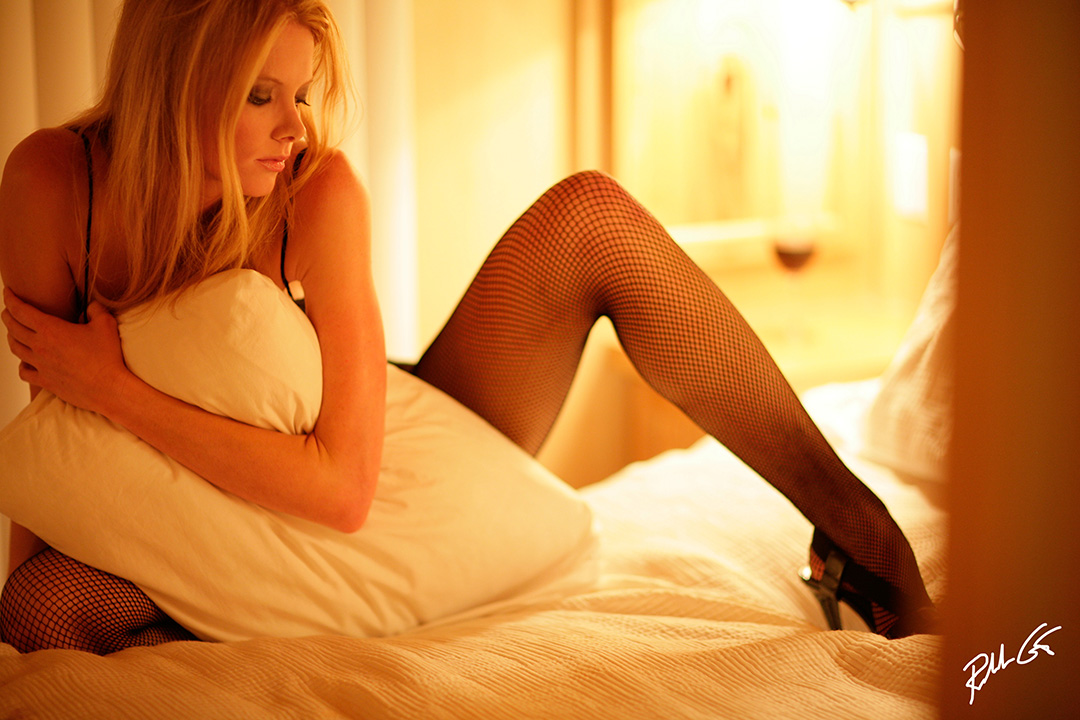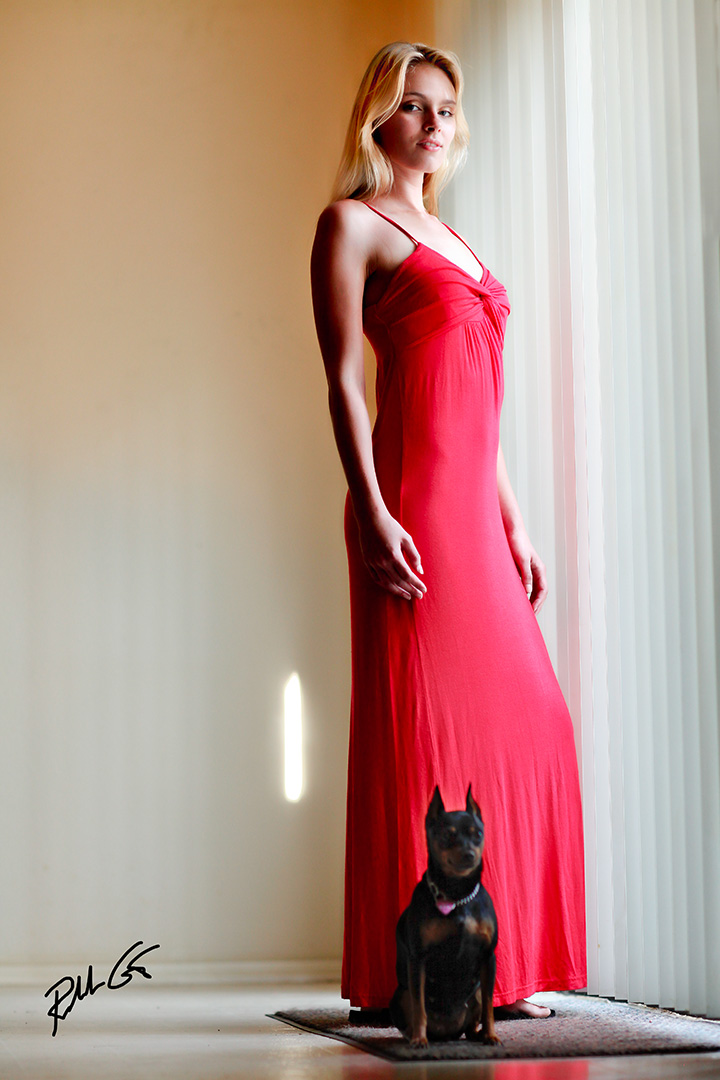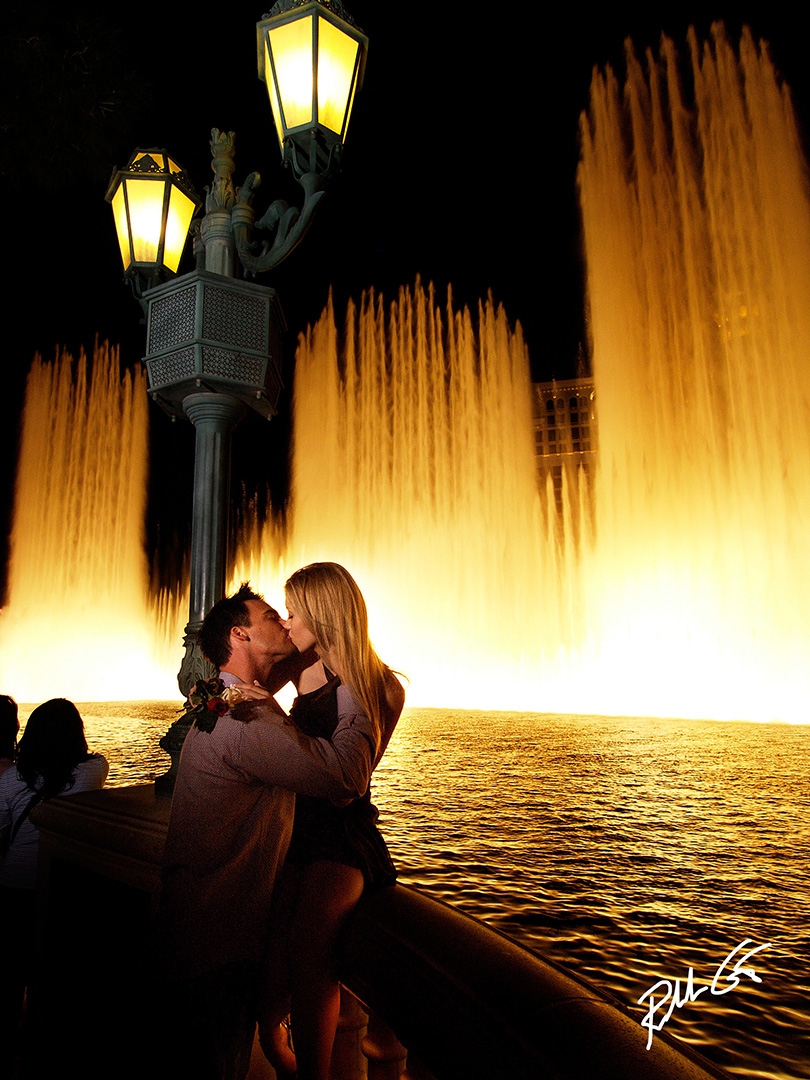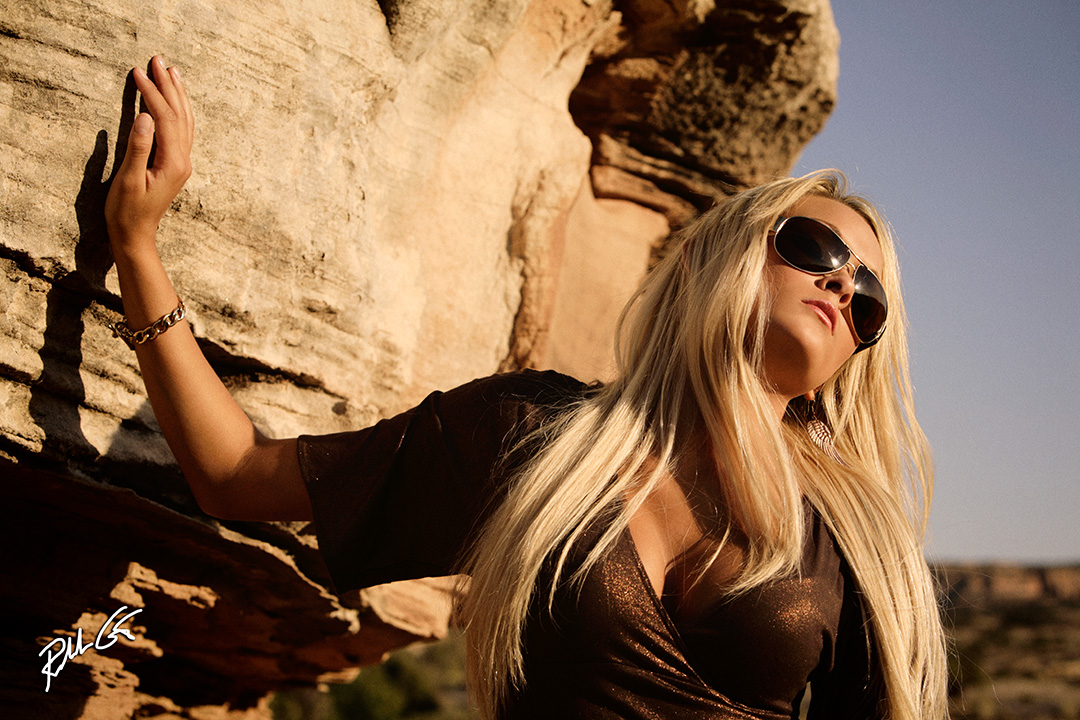I’m often asked, “What lens do you prefer to use, a prime or zoom?” My response is usually the lens that best suits my needs, however, primes are my preferred lenses.

This photo was captured at night with the Canon EF 85mm f/1.2L USM lens at f/1.2, ISO 800, shutter speed at 1/160th with light from a 100-watt bulb table lamp with the lamp shade removed.
A prime lens is a fixed-focal length lens, usually with less elements inside as it only serves one magnification unlike a zoom lens that reminds me of a 3-in-1 copy, fax, scan and makes coffee office machine. Like a zoom lens, the latter machine has to sacrifice somewhere to provide a variety or diversity of its use. Prime lenses come with no real sacrifice physically and only require a little physical movement from the photographer and no photographer should ever complain about placing themselves at the right spot to capture a great image. Zoom lenses make you lazy, primes make you move.
Prime lenses are usually faster, better quality glass and come in minimum apertures of as low as f/0.95 but the more common come at f/1.2, f/1.4, f/1.8, or f/2.0. The closest a zoom lens will come in that type of minimum aperture range is usually around f/2.8 though I’ve seen them as low as f/2. These lenses are the higher-priced zoom lenses, and some come with image stabilization.

This photo was captured with the Canon EF 85mm f/1.2L USM lens at f/2.2, ISO 1000, shutter speed at 1/400th with available light.
While the key is to use the right tool for the right task, or image in this case, it’s also about making educated decisions, so study your needs first. If you’re shooting glamour or fashion photograph, a great medium telephoto prime lens is a great first choice followed by a zoom lens like in the 70-200mm range for 35mm DSLR’s. If you’re shooting sports, it’d be just the opposite, get the fast zoom first, then a great prime.
I’ve seen photographers arrive at my workshop and where we do sunset photos, many arrive with lenses that are no faster than F/4.0. This can cause problems during sunsets. First, the camera’s auto-focus relies on contrast in the area where the focusing point is aimed and when a lens is an F/4.0 or higher at its widest aperture, the camera will take longer to fire between shots because the focusing area in the scene is lower contrast and dark. Even the photographer will have difficulty seeing through the viewfinder to compose the image and you’ll hear their cameras go zip, zip, zip, zip as the camera hunts for focus whereas a fast prime, like an f/1.2, just goes zip once and locks in the focus instantly.

This photo was captured with the Olympus 11-22mm f/2.8-3.5 Zuiko Digital lens at f/5, ISO 400, shutter speed set at 1/15th with flash, handheld. The actual focal length was set at 11mm and in the 4/3rd mirrorless camera, this is equivalent to 22mm in traditional 35mm formats.
When a photographer is using something like an 85mm F/1.2 or even the 70-200mm F/2.8L USM image-stabilized zoom, the camera will focus faster as with the F/2.8 lens the camera now has twice as much light and better contrast to work with than the F/4.0 lens. This is especially true with an F/1.2 or F/1.8 lens where the camera has two or more times brightness to work with verses the F/4.0 lens. Faster lenses, or lenses with lower minimum wide apertures make it easier for both the photographer and camera to operate and capture images with ease—this is very important during sunsets where the photographer is battling time and darkness.

This photo was captured at my Moab photography workshop with a Canon EF 70-200mm f/2.8L IS II USM lens at f/5.6, ISO 100, shutter speed at 1/640 as the sun set during the golden hour.
When purchasing a lens, always purchase it with low-light possibilities in mind. Lenses that work well in low-light almost always have better quality glass elements than those that don’t. Don’t try to justify an f/4 lens over an f/2.8 lens by saying, “I rarely shoot in low-light.” You will someday regret it, not to mention, again, lenses with faster apertures are made out of bigger and better glass and in photography, the only thing that matters is the glass because you can replace digital camera bodies all day long, but you hang on to your glass practically forever.
In a nutshell I always tell photographers to invest their money in good glass, high-quality lenses, it’s worth the wait if you’re in between paychecks for the much faster lenses. Besides, like studio flash units, lenses should last a lifetime. In fact, the best place to put your money first is great glass. You can always switch camera bodies and still use your lenses.



